If you ever have the chance to escape Minneapolis-St. Paul and take a trip to Northern Minnesota, you should jump at it. Two weekends ago, Amy Lebowitz (The Mac Weekly’s Editor-in-Chief and, most importantly, the inspiration behind LoveThyNeighborhood) and I went on the Regional Geography of U.S. and Canada’s field trip across Northern Minnesota.
Unlike other class field trips, which typically last half a day and visit places within Minneapolis and St. Paul, this field trip was a comprehensive, action-packed, two-day excursion across the great North Woods. It centers on life in Northern Minnesota both past and present. It also explores the unique realities faced by Native American communities as well as the economic realities of life on the Iron Range and in Duluth.
There’s something nostalgic about the North Woods in the fall. The cool crisp breeze amongst the autumn-colored trees sets the perfect backdrop for a road trip. Driving past Lake Mille Lacs and seeing the Boreal Forest take hold of the landscape is a welcome change from the prairie landscape we find here in the cities.
Our first stop was at the Forest History Center – a living history of 1900s logging – in Grand Rapids. We went on a tour with a cast of characters meant to evoke life in Northern Minnesota during the early 20th century. It’s a bit bizarre at first, but their enthusiasm for playing loggers from the early 1900s is contagious. Also at the campsite we had Minnesota’s second favorite food (behind hotdish): the pasty.
A pasty is a rolled thick pastry stuffed with vegetables and meat, something that loggers would typically eat during the day. Originating in England, the pasty gained popularity in Minnesota, especially Northern Minnesota. If you are interested in trying one, I highly recommend Potter’s Pasties, which is located in Minneapolis.
Before we left the Forest History Center, Amy and I got a chance to climb the Fire Tower. Over 100 feet tall, the fire tower was built in the early 1900s to spot fires amongst in and around Grand Rapids. Now used as an observation deck for tourists, the Fire Tower allowed Amy and me to soak in all the glory that is the North Woods in autumn.
We then made our way to Hibbing to see the Hull Rust Mine and Hibbing High School. Located in the Iron Range, Hibbing, Minnesota prides itself on its long history of steel and ore production. We were lucky to get the chance to go to the mine’s visitor center as well as climb on different mining equipment. The open-pit mine is so large that you cannot see the bottom at some points, and it extends beyond the horizon. The mine, more than anything, is a symbol of town pride and strength.
Another source of community pride is that Hibbing is the birthplace of Robert Zimmerman, otherwise known as Bob Dylan. We got our photo taken in front of his childhood home, which is just a few blocks from Hibbing High School.
We also took a tour of the high school, which is extremely ornate and regal since money from the mine built it. From the decorative exterior facade to the marble flooring and expansive theater with crystal chandeliers, it is a high school unlike most high schools and even some colleges.
Yet while the high school and mine remain strong symbols of vitality in Hibbing, they also represent the realities of how difficult life can be living on the Iron Range. With volatile steel and ore prices, the mine at times drives economic growth in Hibbing and at times brings it to a sudden halt, causing massive ramifications for the local economy and most importantly its people. The high school, as elaborate as it may be it, has become difficult and costly to maintain as replacement parts for upkeep projects are not readily available and typically have to be custom-made.
Leaving Hibbing, we continued on our journey to Fortune Bay Casino and Resort, located on Bois Forte Band of Chippewa Reservation. Our time at the casino was memorable in many ways. From gambling to eating lots of ice cream, swimming and enjoying the camaraderie of fellow geography majors ending the day at the casino, we took the time to relax after a whirlwind of adventure. Some people even found some luck and won money, too!
In the morning we toured the Bois Forte Band of Chippewa Cultural Center located next to the casino. The cultural center serves as a living history for the Native American community as well as a place of cultural significance into the modern context. Set on Lake Vermillion, the band has benefitted immensely from the presence of the casino.
The argument scholars have made is that building a casino is the single best tool for economic development for Native American groups. It is a way to raise the living standards of band members and eliminate poverty. In fact, without the money that is generated from the casino, the cultural center and its programs would have never been possible.
More than creating a cultural center, though, the money the casino generated has allowed the band to fund language programs as well as different health and education programs. It’s odd for some to think of gambling – a social taboo in certain socioeconomic strata – in such a positive light, but Native American gaming laws have sparked growth in many instances.
We soon left the cultural center to go to the great northern city of Duluth. A town nestled on the bluffs and shore of Lake Superior, Duluth is the quintessential outdoor city. The views of Lake Superior from the bluff are picturesque and majestic to say the least.
We stopped by Canal Park, which is located right along Lake Superior’s shores. We had lunch in the park and ventured down the pier to the lighthouse to get a better view of the lake and the town before us. The cool wind off Lake Superior gave the slightest hint of a winter yet to come.
It was a beautiful day, so there were many boats out on the water, and we were lucky to see the Tower Lift Bridge go up and down to let a few boats pass. Along Canal Park you will find old industrial buildings – remnants of a much larger industrial past – that have been renovated into boutique restaurants, stores and hotels. This area more or less serves as the primary entertainment district in Duluth. We stopped by a few boutique stores including Duluth Pack, which sells high-end leather goods all made in Duluth.
We ended our trip with a visit to a scenic overlook on the bluffs above Duluth to take in one last sight of all the fall colors and Lake Superior before it freezes over – which will probably be pretty soon.
Overall, Amy and I had a wonderful experience seeing just a sample of what Northern Minnesota has to offer. It was a great opportunity for us to experience a part of Minnesota that simply cannot be found in Minneapolis-St. Paul. I hope that you will soon be able to see all that the North Woods have to offer and more.

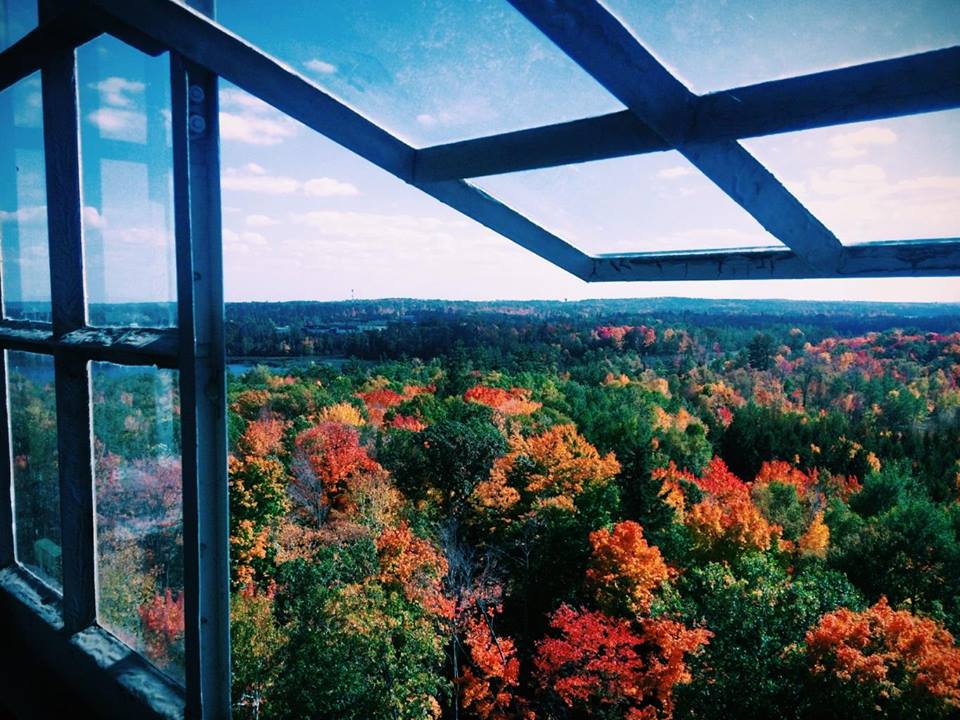
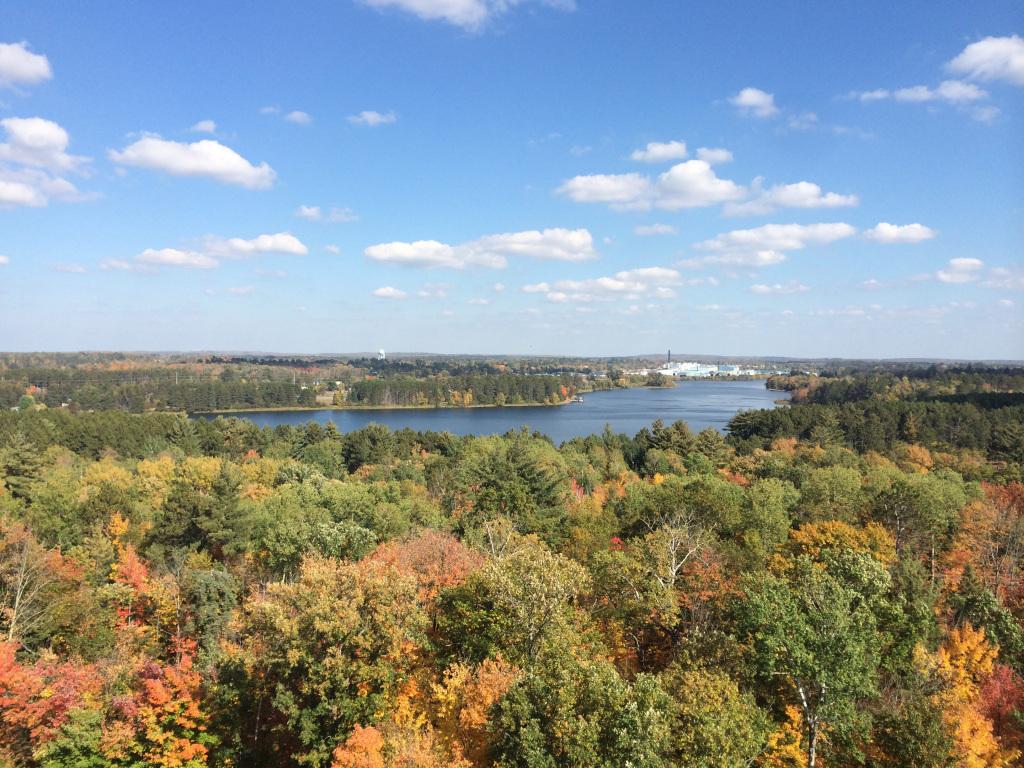


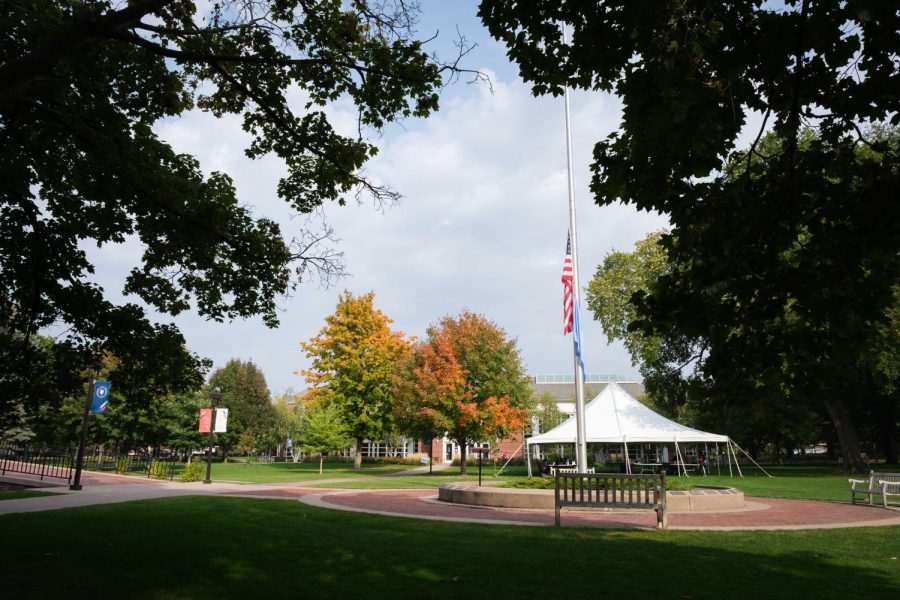

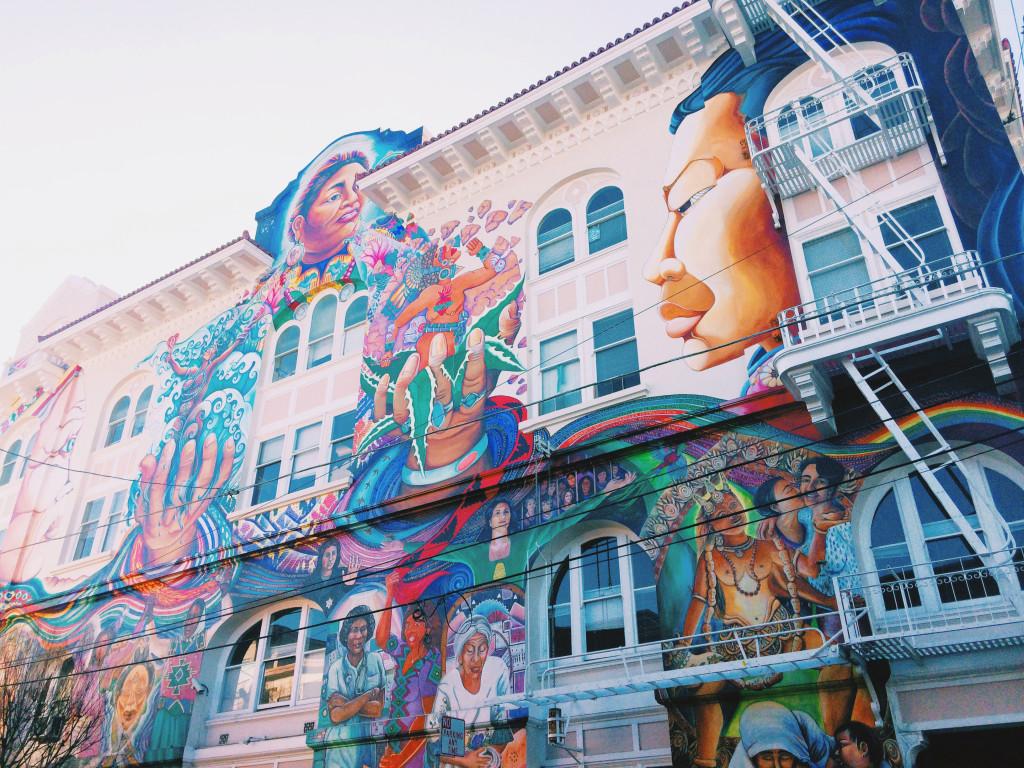

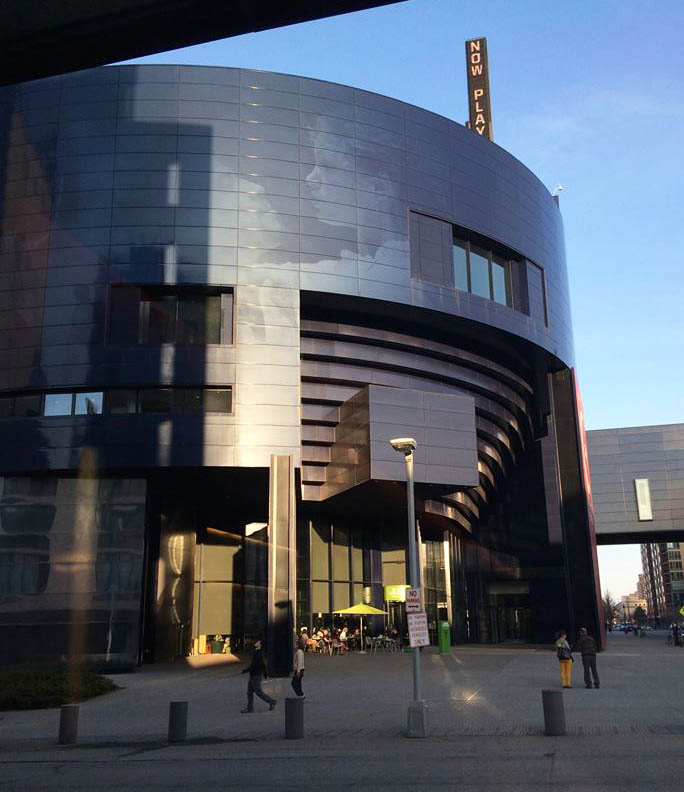
Carol Anderson • Sep 11, 2019 at 3:20 pm
I must express some thanks to this writer for bailing me out of such a condition. As a result of looking throughout the online world and finding basics which are not pleasant, I assumed my entire life was over. Existing without the approaches to the problems you have sorted out all through your entire guide is a crucial case, and ones which could have negatively affected my entire career if I hadn’t discovered your website. Your personal know-how and kindness in touching the whole lot was crucial. I’m not sure what I would have done if I hadn’t come upon such a solution like this. I can also now look forward to my future. Thanks for your time so much for your high quality and result oriented help. I won’t hesitate to propose the website to any person who would need guidance on this problem.
Jasmine Glover • Sep 10, 2019 at 9:37 am
Interesting post made here. One thing I would like to say is the fact most professional job areas consider the Bachelor’s Degree like thejust like the entry level standard for an online college diploma. Though Associate Diplomas are a great way to begin, completing your current Bachelors starts up many entrances to various jobs, there are numerous on-line Bachelor Course Programs available through institutions like The University of Phoenix, Intercontinental University Online and Kaplan. Another concern is that many brick and mortar institutions give Online editions of their diplomas but generally for a drastically higher amount of money than the organizations that specialize in online course programs.
Jake Brown • Sep 5, 2019 at 6:29 pm
glad to be one of many visitants on this awing website : D.